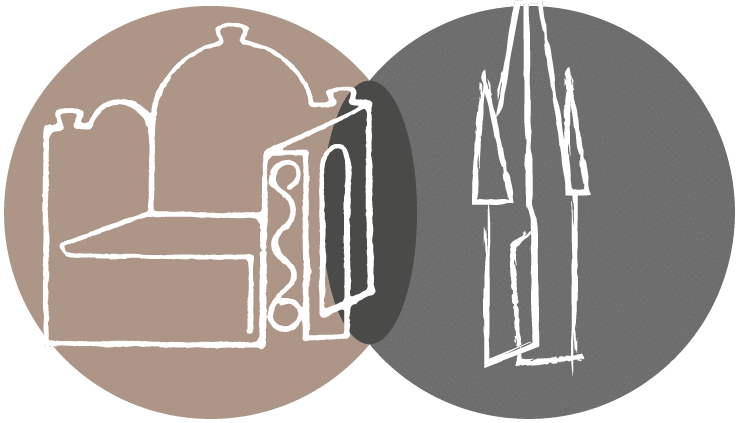Karolus
Magnus
CHARLEMAGNE
THE PADRE
FROM EUROPE
CHARLEMAGNE
Karolus Magnus
Central character in the consolidation of the prosperity of the Carolingian Empire. It expanded the various Frankish kingdoms into an empire, which incorporated much of Western and Central Europe. He conquers Italy and is crowned Imperatus Augustus. Through his conquests and internal reforms, Charlemagne laid the foundations of what became Western Europe in the Middle Ages.
He fought the Saracens, who threatened Carolingian possessions in the Iberian Peninsula, and went on the offensive to seize the territory. After a long campaign, he managed to subdue the Saxons, forcing them to convert to Christianity and integrating them into his kingdom.
Today, Charlemagne is considered not only the founder of the French and German dynasties, but also “the father of Europe”. His empire unified for the first time most of Western Europe since the fall of the Roman Empire, and the Carolingian Renaissance, establishing a common European identity.
He is the defender of the Orthodox faith and Pope Leo against the seditious Romans. So he travels to the Holy Land at the request of Emperor Constantine to recover the Crown of Thorns and the relics of the Passion of Christ and, finally, as miles Christi expelled the Saracens from the Peninsula and founded numerous churches dedicated to the Virgin.
Decreed in the belief that Charlemagne had founded and endowed the cathedral of Girona, and most of the monastery, of the diocese after defeating and expelling the Saracens, the founding document explicitly states that this, and no other, was the main reason that promoted Bishop Arnau de Montrodon and, in parallel and at the same time, the church of Girona, to institute the feast in honor of the emperor, which was commemorated every January 29, and to organize a solemn and pious perpetual tribute from raising it to the altars.
THE TREASURE OF THE CATHEDRAL
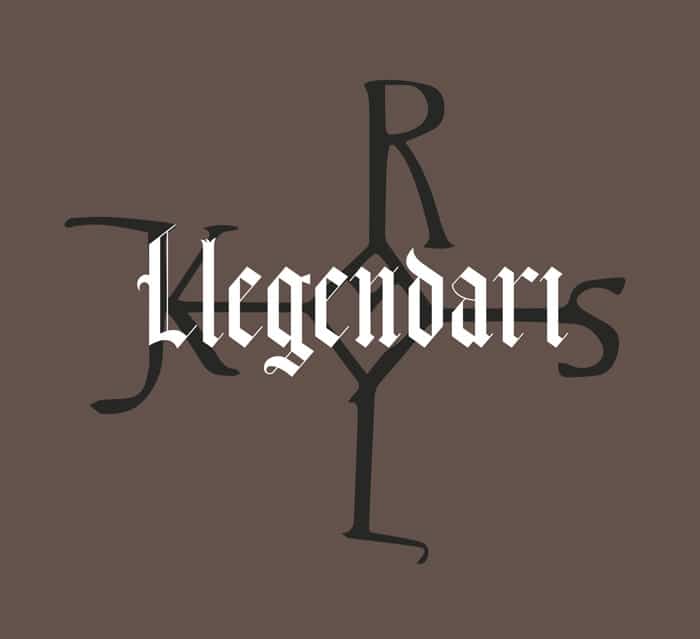
The father of Europe
Legend has it that Charlemagne, after freeing the south of the Peninsula from the Muslims with his army, on his way back, decides to stop in Girona and return it also to the hands of the Christians. Upon achieving this, he is treated like a hero, so he decides to found the Cathedral of Girona. At that moment, the great popular veneration for the emperor was born: with the construction of his tower, his chair, his tapestry, his keystone and his statue, among others. There are many legends that are part of popular culture, which talk about the Carolingian emperor’s stay in the city and even has a day – January 29. There are also many stories and pieces of great value that have been passed down for centuries, and some have survived to this day.
The Figure of Saint Charlemagne
If you look at the sculpture, surely the first thing you will see is that it is missing a hand. But it wasn’t always like that, Cascalls sculpted it with two hands. So what happened? Legend has it that once the sculpture travelled to Seville to be exhibited and admired, on its return it did so without his right hand. Despite claiming it, and searching for it, it has never been able to recover. Gone away, there is no proof of what it looked like, or what it bore with it: it is said that it was probably a ball of the world (orb), representing its almost divine power, the hand of the king. It is also said that it would be a model of the Cathedral, since he was popularly believed to be the promoter of it… But we never know, despite noticing their presence. And where must Charlemagne’s hand be now?
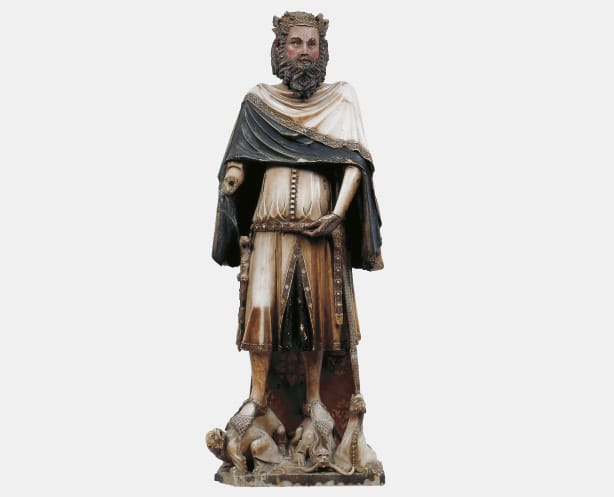

The tower of Charlemagne
Legend has it that on a winter day when it snowed heavily in Girona, Charlemagne decided to climb to the top of the bell tower of Girona Cathedral to contemplate the landscape of the city completely covered in white. Once he reaches the top, he leans against the window frame, and as he leans forward, from there, his sword falls in the middle of the cloister—his beloved Montjoie. Charlemagne has his soldiers look for her among the meters of snow that cover him, but despite doing so relentlessly there is too much snow, and they never manage to find it. It is also said that when it falls on end, and with the force it carries having done so high, it sinks to Earth continuously, traveling inwards, until one day it will reach the center of it. When this happens, the Earth will split in two and thus be the end of the world.
Charlemagne’s chair
The chair is very wide, so much so that two people can sit quietly on its side (like a small bench). Legend has it that this was Charlemagne’s chair in the Cathedral, his throne, and that as such it has a very special power of union: if a couple sits there, the energy it emanates will make them marry within a year. But on the contrary, if a person sits alone there, even only once, he will never get married. For this reason, it is said that in the past, seminarians were made to sit there, just before they were ordained priests. In this way, thanks to the strength of the chair, they ensured that they would remain single forever, as their vote obliges them, and also for this reason it is the bishop’s chair.
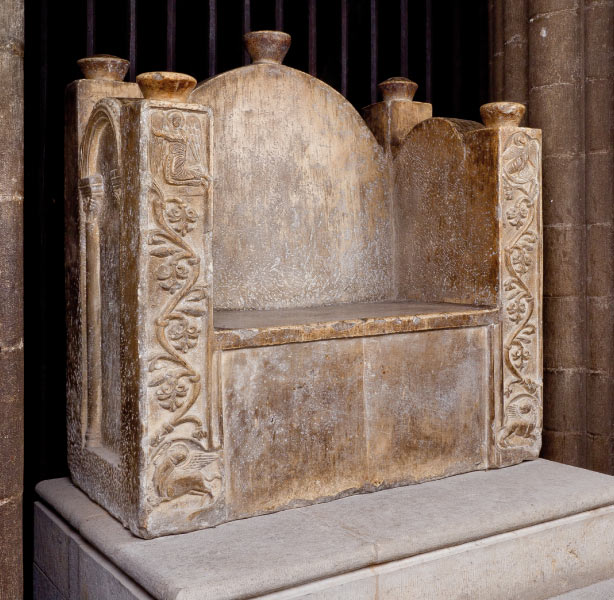

Charlemagne’s keystone
In the second vault of the Cathedral, also the second most important, a bearded and crowned character is represented, who has related and believed that he is, of course, God. But if you look closely, behind them are a series of fleurs-de-lis, the heraldic symbol typical of Frankish kings and emperors, which symbolizes them as such. On the contrary, we cannot observe in it any divine symbol, representing us to God. Therefore, it seems that the figure should be described as Charlemagne himself, sanctified inside the Cathedral and at the top of the keystone, from where he observes us. It occupies a predominant space, only surpassed by importance by Santa Maria, the patron saint of Girona Cathedral, which occupies the first round.
Tapestry of Creation
Legend has it that on February 25, 1538, Charles I, the then Emperor of Spain and V of the Holy Roman Empire, visited Girona. As recorded in the chronicle written of his visit, he expressly requested to be able to see the embroidery, then known as “the cloth of Charles the Great in the history of Emperor Constantine”, now called the Tapestry of Creation. This “Charles the Great” is Charlemagne, therefore at that time he was the “cloth of Charlemagne”. Let’s think about it. A truly unique situation occurs, as the three imperial chiefs from different eras meet for a moment in the same place, and for the first time: Charles V, contemplates the embroidery of Charlemagne, depicting the emperor Constantine.
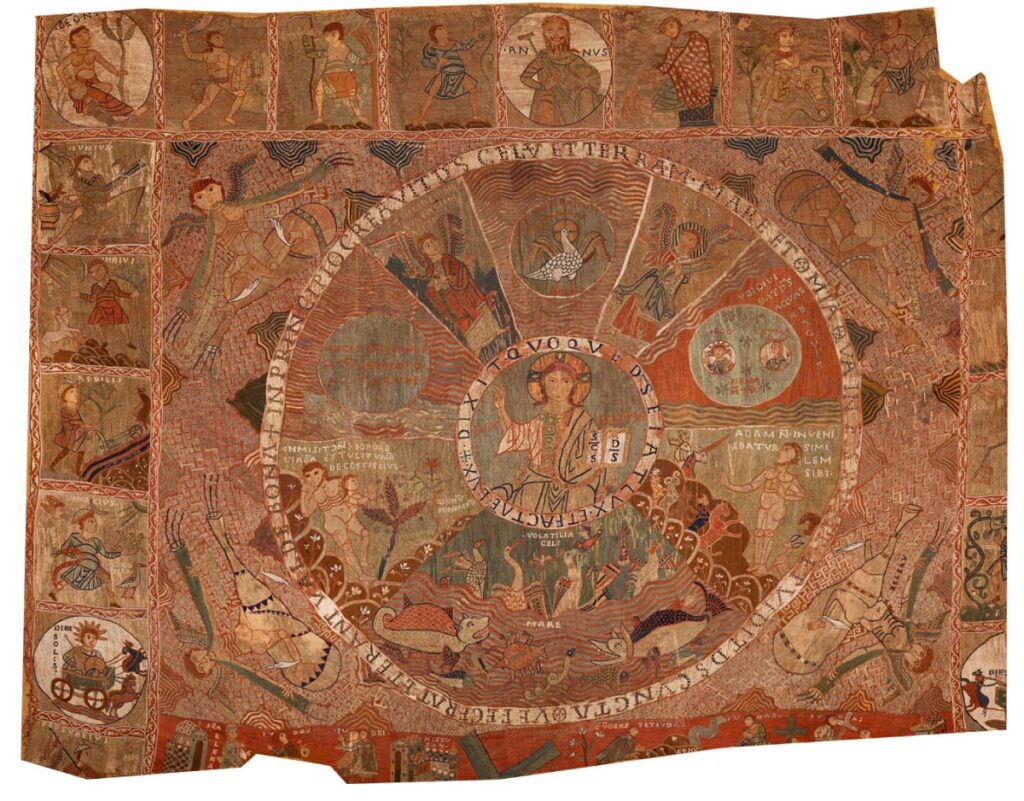
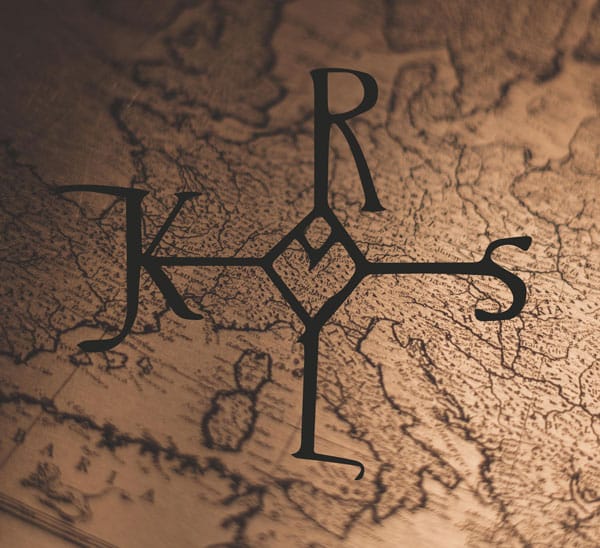
The father of Europe
We are in the Middle Ages, in the middle of the eighth century. The Islamic domination of the peninsula meant that Arab culture predominated. Girona is no exception. The worship building of that time, installed where the Cathedral we know today now stands, has been converted into a mosque, a main Islamic place of worship. Charlemagne, who will be proclaimed emperor of the West, decides to make a raid with his troops into southern Europe. After fierce battles, he managed to recover the territory and return it to Christian hands. During his return home, he diverted part of his troops to Girona in order to recover, also, his Christian center of worship.
Figure of Saint Charlemagne
This beautiful painted alabaster figure, promoted by Bishop Arnau de Montrodó, is sculpted to worship Emperor Charlemagne as a saint. It was located in the chapel of the Four Holy Martyrs and was made by Jaume Cascalls in the fourteenth century, who is considered the best sculptor in Catalonia at that time. He is shown as a nobleman, trampling on grotesque animals signifying the evil that had gripped Europe. Cascalls should represent Charlemagne, but the photographs don’t exist yet, he uses the references closest to him… therefore he sculpts Peter II the Ceremonious, whom he did know personally.


The tower of Charlemagne
Girona Cathedral has been built in several centuries, and therefore also with different styles. Of the Romanesque cathedral, certain vestiges or memories remain, such as the Tower of Charlemagne, since when the new Gothic temple was erected it was decided to keep it. Despite the absence of decorative elements, different stones are used to give various shades of color: such as black volcanic stone or yellow Roman building blocks. It was considered one of the safest places in the cathedral complex: it is said that in it was the chamber with the treasure, which had only two keys: one for the bishop and another for a person in charge. Some architects give it the function of buttress. Even the marks observed on the stone suggest that it probably housed the bellows of the old organ.
Charlemagne’s chair
The “Charlemagne’s chair” is an eleventh-century episcopal seat, made of Pyrenean marble. It is located behind the main altar of the Cathedral, in a place raised above a flight of stairs. On its front are sculpted architectural and plant forms, and is ornamented with medallions representing the symbolic animals of each evangelist: Mark the lion, Matthew the man, Luke the bull and John the eagle. This scene usually appears in the famous Pantocrators, where then in the center is Christ on a throne, but in this case in the center, and enthroned, is the bishop. The scene generated by the elevation, the throne, the evangelists and the goldsmithing of the presbytery, create a symbolic image of power and importance of his figure.


Charlemagne’s keystone
The keystone is the central stone, and that completes (the one that closes), a vault. When the arch is being built, it has a special meaning: when this stone is placed, it means that it is ready, that is, the vault is finished and it is already holding on its own. It withstands enormous tensions, which come from the stones that surround it, these are also what keep it in place. But beyond their architectural and functional importance, in a Catholic temple they are decorated to represent the great icons to whom the temple is dedicated: thus they are one of the most important architectural elements for their meaning. That is why it is very common to find in it the most important figures and devotion of worship: such as the patrons of the temple —the Virgin, Christ or God—.
The Tapestry of Creation
It is the embroidery of the eleventh century, or the beginning of the twelfth, unique in its kind. Not only is it the most important of the Cathedral of Girona, but it is the most relevant piece of Romanesque textile art that are preserved. Embroidered with colored wools, its large dimensions are 4.5 meters wide by 3.58 meters high. The richness of its thematic and iconographic content, presents a vast symphony about the creation of the world and the stay of the human being in Paradise. A cosmic crown, in which the elements of nature encircle the central figure of Christ, the creator of the cosmos and the Earth in the Christian faith, is blessing with a gesture the book of the world, open in his hand. Its state of conservation is exceptional, not counting the lower strip, which has been lost over time and only the tip of a crown remains, which is not known who it represents.

